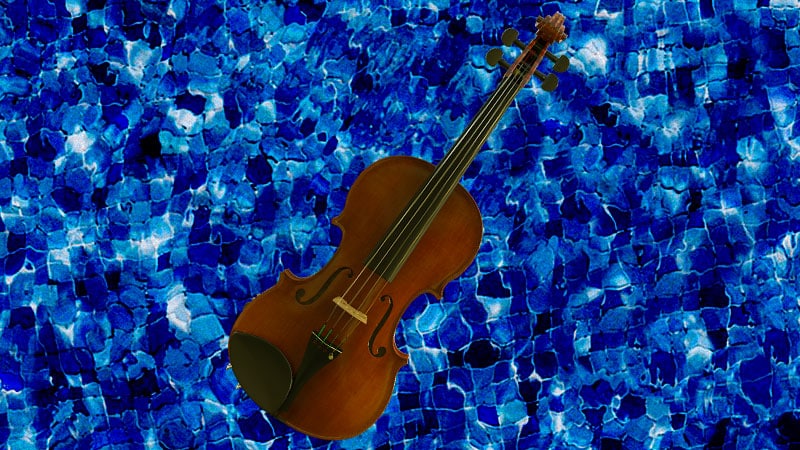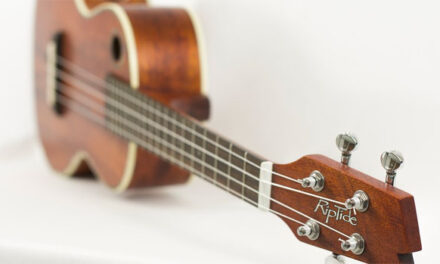Audio has been integral to video games from the very earliest days of the art form’s existence, and the evolution of music in this context has been as dramatic and significant as the improvements made to graphics.
Today, when you fire up the latest triple-A first person shooter or launch a slot game via an online casino, you can expect to be greeted with an all-encompassing audiovisual experience. So how has technology and fashion changed video game music, and what might the future bring?
Early obstacles
The oldest gaming systems had little or no music to speak of, relying on primitive sound effects to convey the emotions of action and suspense to the player. Consoles like the Magnavox Odyssey had no audio output potential whatsoever, while the Atari 2600 had 2 channel sound output capabilities and even the superior Nintendo Entertainment System offered just 3 channels for composers to work with.
In spite of these limitations, by the late 1980s some fairly sophisticated video game scores were emerging, even if they could only be presented to players through machines with limited polyphonic potential. Franchises like the Legend of Zelda and Super Mario began to cement the idea that music could be a keystone of the overall experience, with composer Koji Kondo being instrumental in establishing credibility for this genre during this nascent stage.
Indeed many argue that the limitations of this formative era of video gaming were actually conducive to significant creativity, and the products of the period are well regarded to this day.
Expanding horizon
The 1990s brought with it a wealth of technological improvements that made video game music even more impactful. New generations of consoles from Nintendo and Sega offered cutting edge audio chips that could recreate synthesised orchestral scores that were richer, more complex and capable of accompanying all the other audio effects needed to bring top titles to life.
The arrival of CD-based game storage with the Sega Saturn and Sony Playstation allowed fully fledged audio recordings of real performances to be integrated with games, as well as giving developers and composers far more storage capacity to work with, meaning many more tracks could be included.
This decade also saw closer ties built between in-game music and the environments that players were exploring in real time. In the Nintendo 64 game Banjo-Kazooie, for example, each level not only had a unique musical theme from composer Grant Kirkhope, but multiple versions of themes adapted to suit the context, whether in a cave, underwater, or engaged in battle with enemies. In short, music was no longer simply an accompaniment to the game, but a core part of its design decisions.
Modern possibilities
Over the past two decades, video game music has continued to form a vital element when considering the quality and artistic value of any title. It is also an aspect of this industry which has seen its own retrospective trends, with new teams of developers coming together to create fresh experiences that are heavily inspired by the games they played growing up.
Just as 8-bit and 16-bit-inspired graphics are frequently used for games like Stardew Valley, Terraria and Broforce, so too the popularity of video game music that is also styled after earlier eras continues, even if big budget release still stick to orchestral scores rather than chiptune beats.
Video game music has reached the point at which there are virtually no technical limitations; players have even been able to add their own tracks to games for many years at this point. This means the only restriction is the imagination of the composer.





